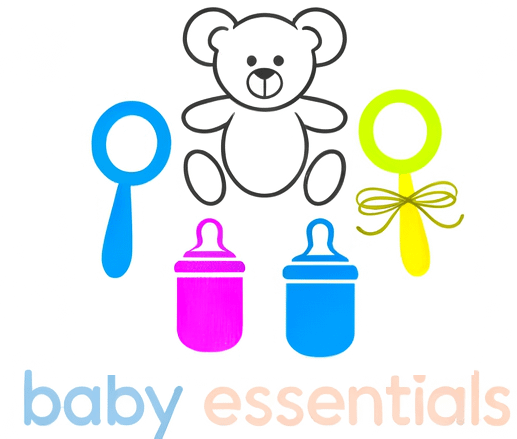Avoiding Choking Hazards During Feeding
In the insightful blog post “Avoiding Choking Hazards During Feeding,” readers are equipped with essential strategies to ensure mealtime safety for infants and young children. The article highlights key features such as age-appropriate food choices, proper meal preparation techniques, and the importance of supervision.
Advantages include boosting parents’ confidence in creating a safe eating environment and enhancing children’s ability to explore new textures and flavors without risk. With its unique focus on practical, easy-to-implement tips and expert recommendations, this post serves as a vital resource for caregivers committed to fostering safe and enjoyable feeding experiences.


